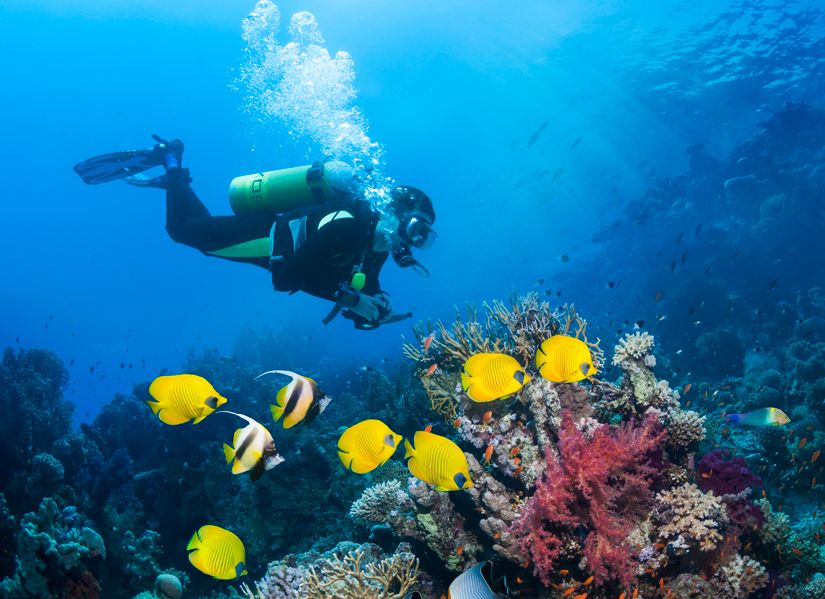
Emelie Dahlskold, 5 June, 2024 | Great Barrier Reef
Are you passionate about the environment and curious about a career helping address big issues like climate change? Let's dive into the journeys of two QUT researchers conducting innovative research to protect the Great Barrier Reef. Their work is not just about science but also about their personal commitment to the environment.
Dr Catherine Kim from the School of Earth & Atmospheric Sciences's research helps save the Great Barrier Reef by figuring out what causes something called coral rubble. Coral rubble is pieces of broken coral skeletons that can build up on reefs over time. Too much rubble is not good for reefs.
Catherine used computer models to study many reefs and look at things like strong waves, cyclones, sick corals, and boat traffic. She discovered that boats travelling between cities like Brisbane and other ports are a major reason corals break into rubble. By understanding what causes coral rubble, we can help take care of the Great Barrier Reef better.
Catherine's work provides ideas for how humans can reduce damage to corals. It also gives scientists information to decide how to fix unhealthy parts of the reef. Her research will help ensure that the Great Barrier Reef stays around for future generations to learn about and enjoy!
In another corner of the School of Earth & Atmospheric Sciences, Dr Joel Alroe is researching another innovative way to protect the reef from climate change. Even though coral bleaching is caused by warmer ocean temperatures due to climate change, Joel is testing a way to shade corals and help them stay cooler. His method involves pumping seawater into a fine mist.
This mist can create extra clouds in the sky that block sunlight from reaching the reef. It can also form an artificial fog right over the reef. Both cloudier skies and fog help shade corals when it's very hot. Early results show this misting technique can significantly reduce sunlight on reefs.
Joel still has more work to do, but his experimental approach could help save corals if global warming continues to threaten them with bleaching. Joel's research shows how atmospheric science offers creative solutions to climate impacts through nature-inspired engineering.
Video resources for climate science enthusiasts
